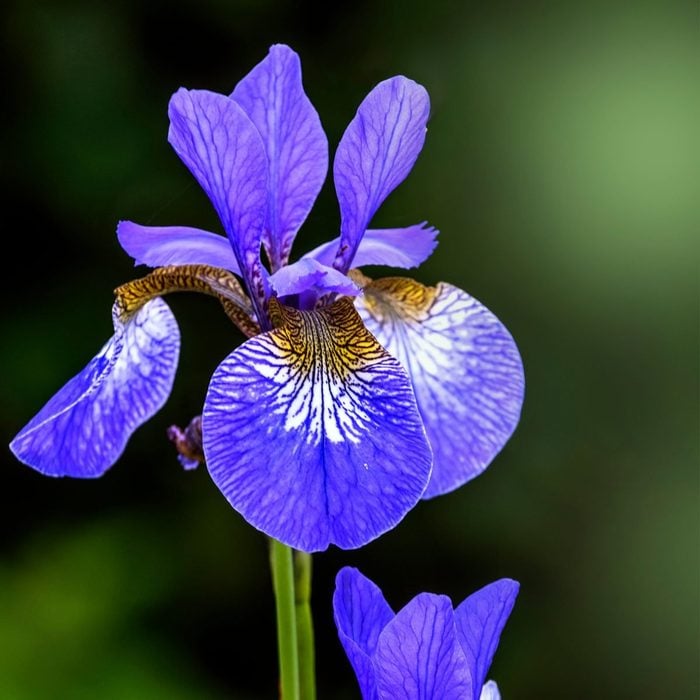
In the crunch of the annual fall cleanup, remember to make time for perennial clean up. Cutting back foliage protects flowering plants from disease and provides a clean start for regrowth. But many perennial plants are worth leaving up if they’re healthy, since letting them stand for winter can increase their hardiness and benefit wildlife. Here are a few suggestions on which plants to trim and which ones to leave.
Cut Back: Iris

This showy summer favorite is vulnerable to infestations of iris borers, which tunnel into the base of the rhizome to lay eggs. Trim the fan of sword-shapped iris leaves at an angle so they slope upward into a center peak, no higher than 6 to 8 inches. Then remove any dead or dried leaf debris.
Cut Back: Bee Balm

Cutting back this plant keeps it healthy for the hummingbirds and butterflies. Bring it right down to the soil to discourage mildew. If plants show signs of mildew, dispose of the cuttings.
Cut Back: Peonies

Gorgeous peonies, too, are vulnerable to mildew. Grab the leaves and prune stems to a few inches after the first frost.
Cut Back: Phlox

Like bee balm, this fragrant flower likes to spread and can be vulnerable to mildew. Take it down to the soil during the fall to help prevent this disease.
Cut Back: Hostas

Prune hosta leaves near the crown to keep the shade loving perennial healthy. Keeping hostas tidy reduces the risk of slugs taking over and harming the plants once spring returns.
Cut Back: Chrysanthemum

This fall star’s flowers can be cut back after they’ve bloomed or been hit by a harsh frost. Pair with leaves or other mulch, which can insulate the plant from harmful freeze-and-thaw cycles.
Let Be: Ornamental Grasses

Dried ornamental grasses such as little bluestem, fountain grass or sea oats can rustle beautifully in the winter, or trap snow, which can insulate plants and shelter wildlife.
Let Be: Coneflowers

Seed heads on coneflowers (echinacea) can look pretty covered with frost or snow, butt they also offer important sustenance for winter birds.





Leave a Reply